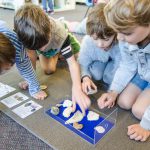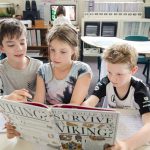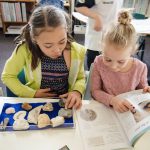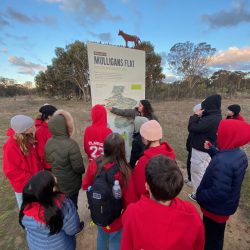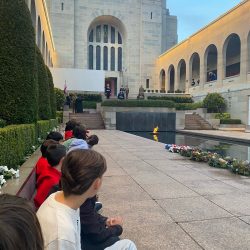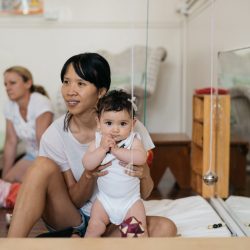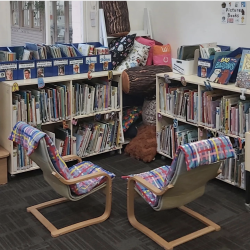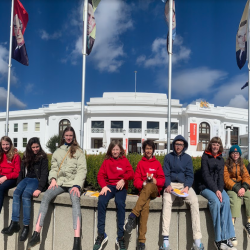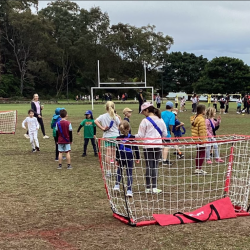History
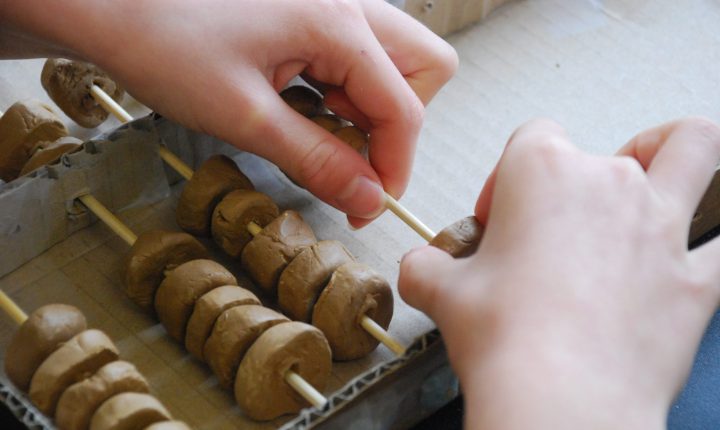
What are the key components of History in the Montessori Classroom?
History is the most integrated subject in the Montessori Curriculum.
The children are open to exploring history in all areas – everything on earth has a history! Exploring history enables the children to understand their place in time and space. Both natural history and human history are explored as part of the Montessori Key Lessons. The key focuses of history are on the ways that humans meet their needs, collaborate with one another and make decisions.
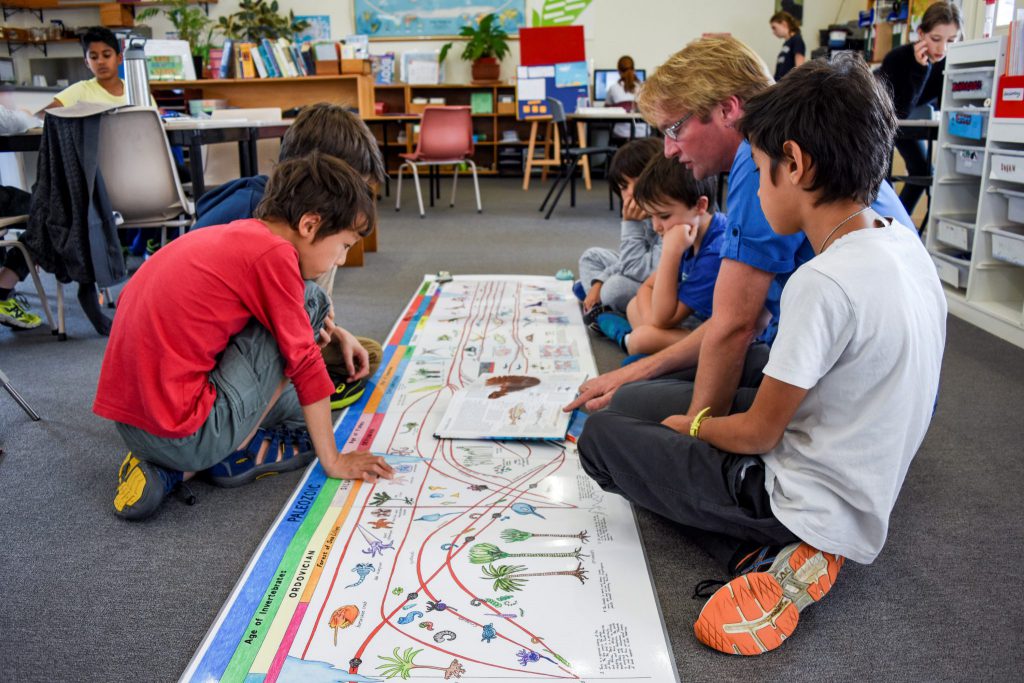
- The children are given tools such as visual charts and timelines as a way to collate and organise information in history. They are given the freedom to explore the history of anything that interests them and assist children in retelling or re-engaging with the stories independently.
- Many charts are symbolic and impressionistic. They are not aimed at presenting dates and facts to children, but at activating the children’s curiosity and inspiring further understandings.
- Visual images and diagrams support children in engaging their imagination and also assists them in organising their thoughts and knowledge.
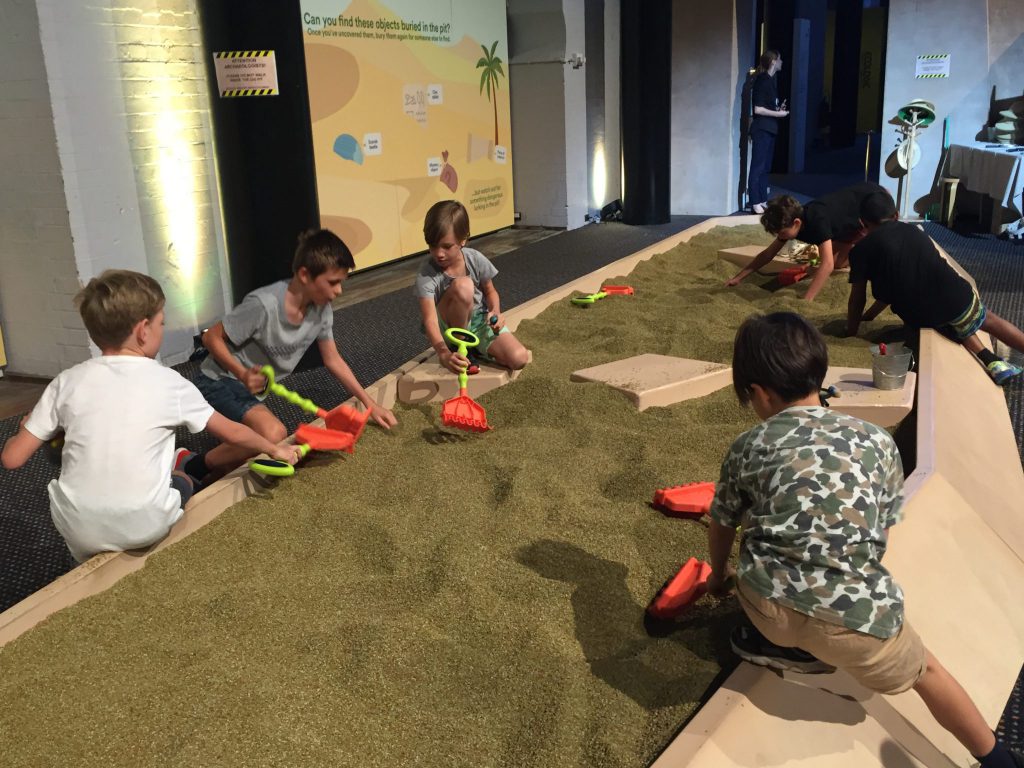
Stories related to modern history, ancient history and prehistory (the history of early humans, before writing and written records) are all presented to the children as seeds of inspiration. Storytelling is an essential component of history in Montessori classrooms. History is seen as a perspective given by those who have come before us. It is the collective human story. Many stories are told to introduce concepts to the children and enable complex processes or events to be made meaningful to the children at their stage of development. Gathering for storytelling builds a strong sense of community within the classroom and fosters a love of learning.
How is history presented to the children?
The Great Stories
Five ‘Great Stories’ are told to children by the adult when they enter the Primary classrooms. These stories create a bridge between the children’s current experience and the broader history or purpose behind each subject area.
The stories give children the ‘bigger picture’. Through the stories, the children firstly experience each subject area as a whole. They are then able to study the individual components of each subject in greater detail and within a meaningful context.
The Great Stories activate the children’s imagination and give impressions that allow them to make deep connections to the world they live in.

